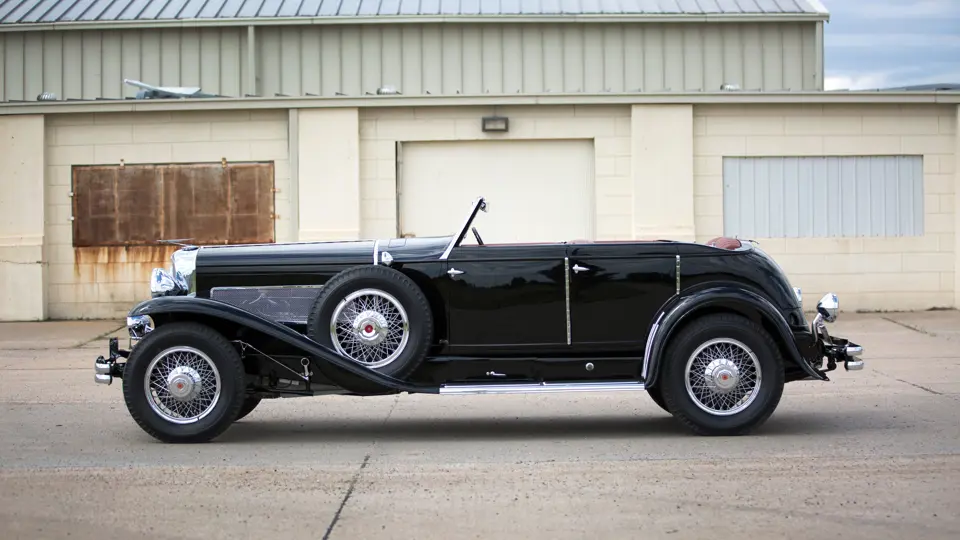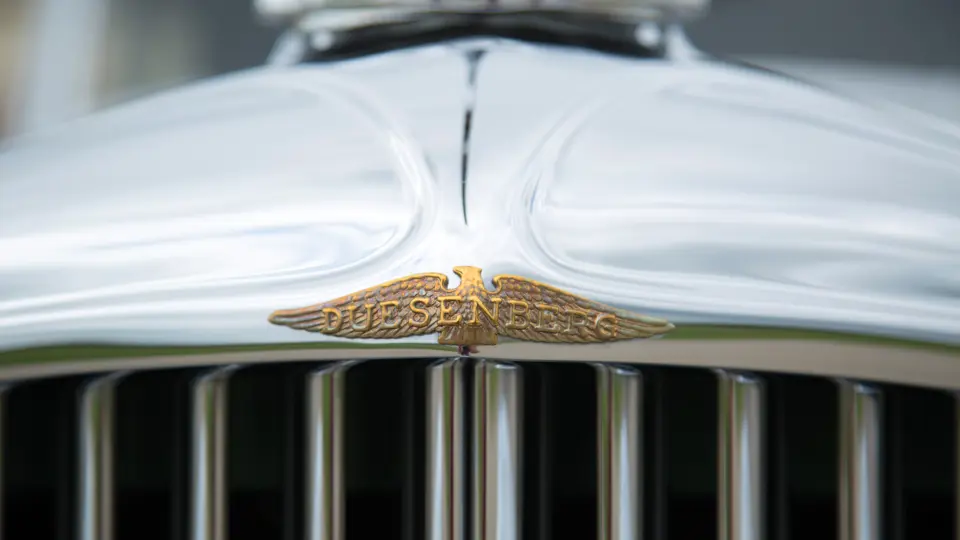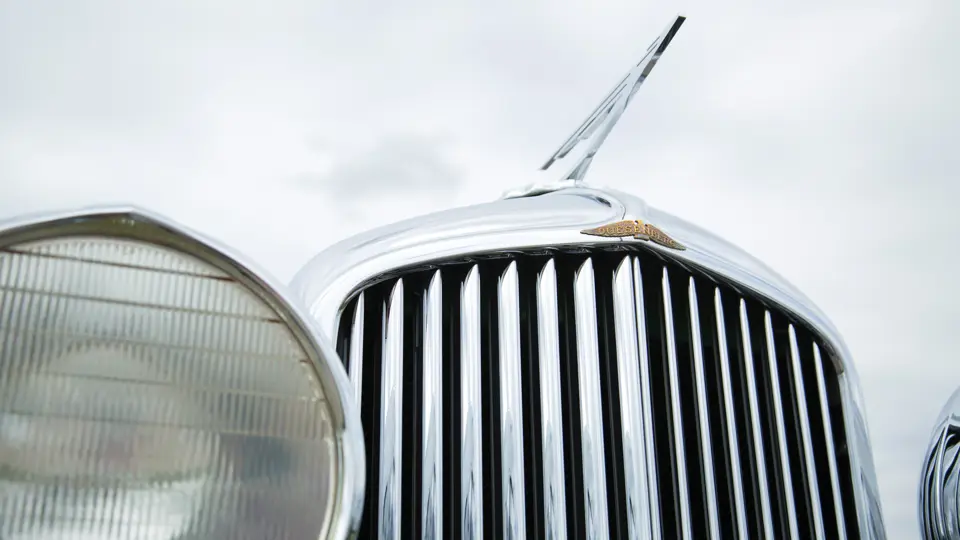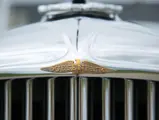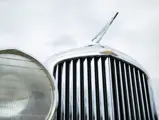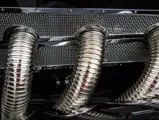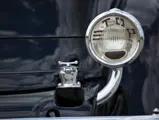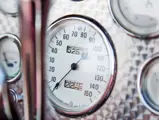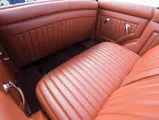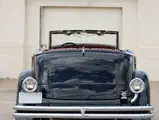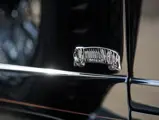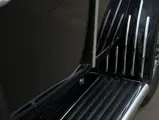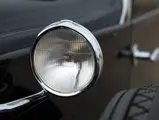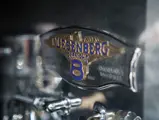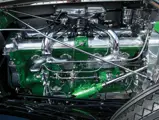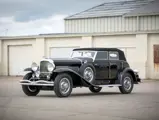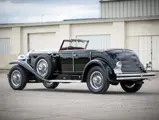
1933 Duesenberg Model SJ 'Riviera' Phaeton by Brunn
{{lr.item.text}}
$1,595,000 USD | Sold
{{bidding.lot.reserveStatusFormatted}}
- The famous “Hot Rod Harry” Riviera Phaeton
- Formerly owned by Harry Schulzinger, Bob Bahre, and Noel Thompson
- Exquisite Fran Roxas restoration, with recent cosmetic improvements
- Best of Show winner at the 2011 Concours d’Elegance of America at St. John’s
- A sporting and dramatic Classic Era powerhouse
Body Style 2756. Est. 320 bhp, 420 cu. in. DOHC 32-valve inline eight-cylinder engine with dual Stromberg UU-3 two-barrel carburetors and a Schwitzer-Cummins centrifugal supercharger, three-speed Warner Hi-Flex manual transmission, beam front and live rear axles with semi-elliptical leaf springs, and four-wheel vacuum-assisted hydraulic disc brakes. Wheelbase: 142.5
“HOT ROD HARRY” AND THE ENTHUSIAST AGE
Three Duesenberg Model Js were built with Brunn & Company’s beautiful Riviera Phaeton body, a four-door convertible sedan with gorgeous close-coupled lines and, most prominently, a disappearing convertible top. The latter was quite an engineering feat for such a large top, which bundles neatly and then swings back under the reverse-hinged rear deck. The effect is of clean lines and abundant power, which is appropriate, as two of the Riviera Phaetons were originally installed on supercharged chassis—the Phaeton offered here among them. It was originally delivered in June 1934 to Lt. Col. Jacob Schick, inventor of the cartridge razor, and in moves typical of most Duesenbergs in this period, changed hands many times within its early history.
The important period for this car was not when it was new but in its “used car” years, what we would today refer to as the enthusiast age of car collecting, when the men who gathered old cars were generally not wealthy but simply eccentric gearheads with a passion for keeping old iron running.
Harry Schulzinger, of Cincinnati, Ohio, was among those. He sought not a perfect Duesenberg but a car that would run and drive reliably and, most importantly, quickly. To that end, after acquiring the Schick Duesenberg in 1950, he set out to transform the car in the manner of the day, using the talents of a group of young men working out of a cinderblock garage. Together they built what was probably one of the quickest Duesenbergs of its era, a tradition that, thanks to them, lives on today.
In Schulzinger’s ownership, the Duesenberg was rebuilt by Jack Irwin, a respected Duesenberg mechanic and operator of Irwin’s Tire Service in Huntington, West Virginia. Consistent with its owner’s demands for hotter performance, the original firewall, number 2551, and phaeton body from the Schick car were moved to a low-mileage chassis, number 2577.
Following a spectacular failure of the engine during an unauthorized “test drive” (that involved taking a mechanic’s wife to the city for a weekend), a new engine was made for the car out of the best components in Mr. Irwin’s shop. The crankcase and bell-housing were donated by J-467, and the block came from engine J-487; Jahnes racing pistons were just for fun. Bob Roller, the sole survivor today of the men who worked on the car for Mr. Schulzinger, is still proud that the finished Duesenberg could achieve 140 mph over a measured mile along a straight stretch of road.
RECENT PROVENANCE
The car was retained by Mr. Schulzinger and regularly driven fast, hard, and heavy until his passing in 1974. His children note today that it made appearances at the Auburn Cord Duesenberg Club’s National Reunion, where it was always well received and was somewhat renowned for its noise and power.
Following Mr. Schulzinger’s passing, the Duesenberg was sold to well-known enthusiast Dr. Donald Vesley, then of Oakdale, Louisiana. Mr. Vesley restored the car, changing it back to the configuration of open fenders and removing the unusual hood vents (which reside today in the collection of Duesenberg historian Randy Ema). The engine was rebuilt to supercharged specifications and fitted with dual carburetors and a reproduction supercharger, along with the famous “ram’s horn” manifolds, continuing the Schulzinger performance tradition. In this form, the car was passed through the ownership of two further renowned enthusiasts, Bob Bahre and Noel Thompson, before enjoying a long sojourn in the Imperial Palace Auto Collections in Las Vegas, alongside many other restored Duesenbergs.
The Duesenberg was purchased in 2001 by respected collector Rich Atwell, of Fredericksburg, Texas, for whom it was fully restored by Fran Roxas. Following some years of museum display, the car was returned to Mr. Roxas by its present owner for considerable cosmetic and mechanical freshening, including the installation of a new brown leather interior in the correct pattern and returning the car to fine running and driving order. It has since amassed a particularly impressive roster of awards, including Best in Class and Best of Show American at the Concours d’Elegance of America at St. John’s and Second in Class at the Pebble Beach Concours d’Elegance.
The car remains extremely well known among Duesenberg enthusiasts, appearing in virtually every book ever published on the marque: Dennis Adler’s Duesenberg, J.L. Elbert’s The Mightiest American Motor Car, and Fred Roe’s The Pursuit of Perfection are among them.
Decades ago, “Hot Rod Harry” and a few talented men put together a Duesenberg that was faster and more beautiful than all the rest. It is that legacy, of the early car collectors, hot-rodders, and passionate gearheads, that is proudly presented here—beautifully restored and as impressive now as in 1934, or 1954!

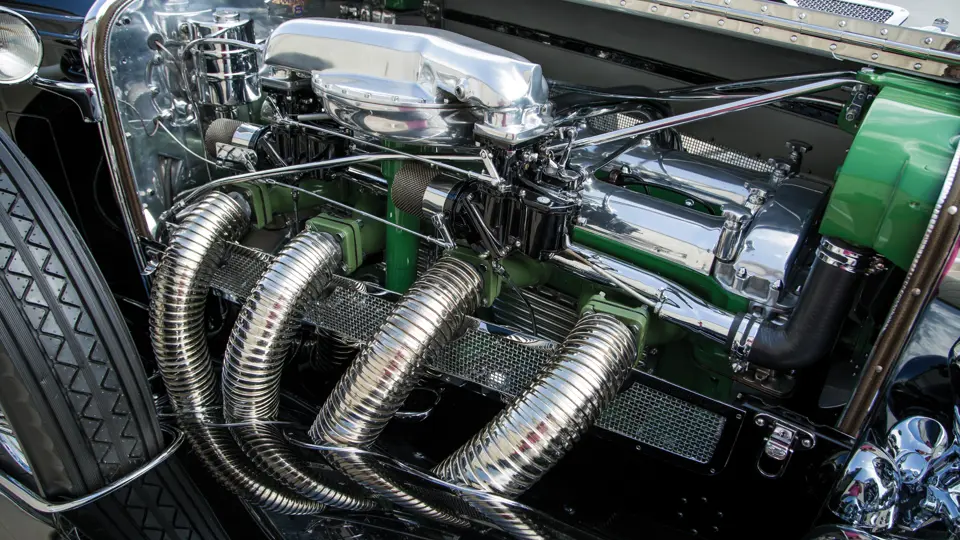
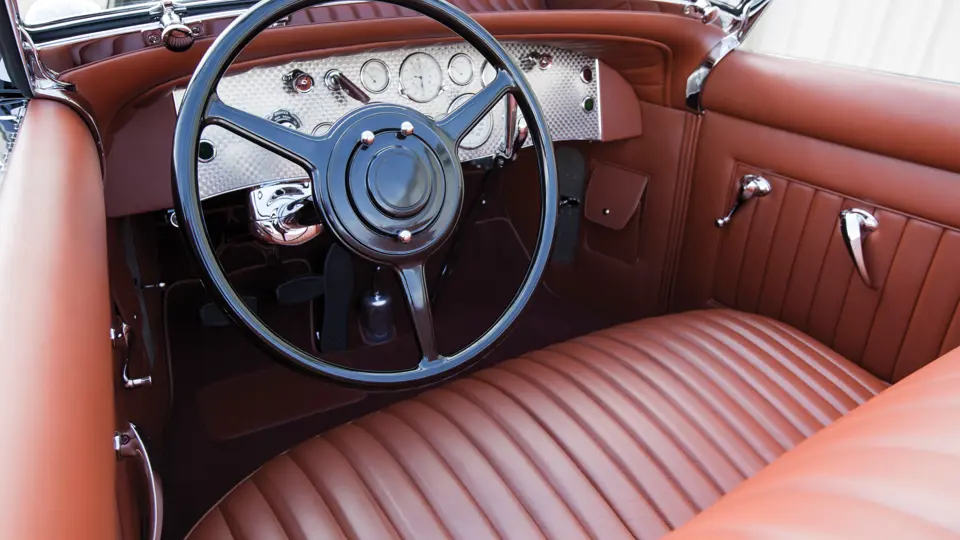

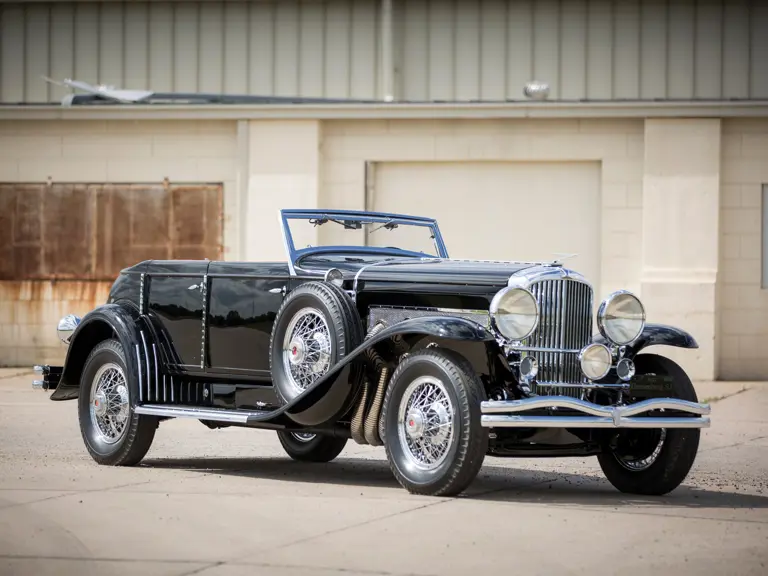
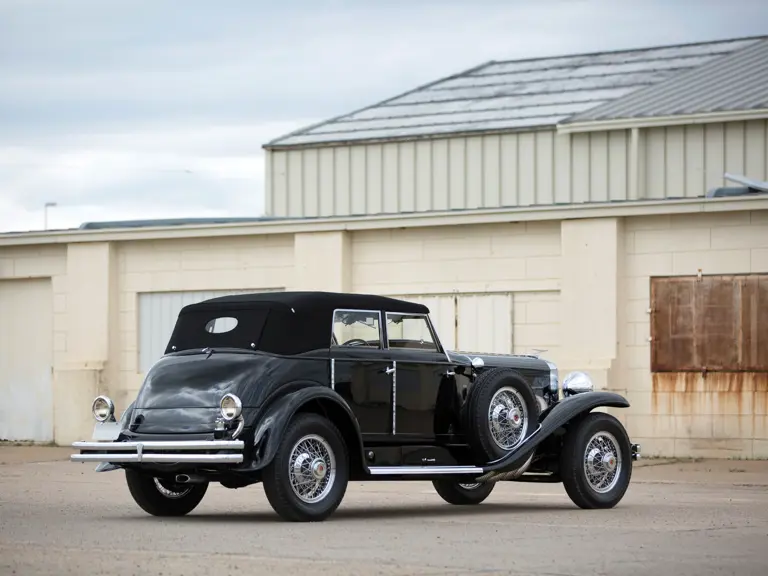
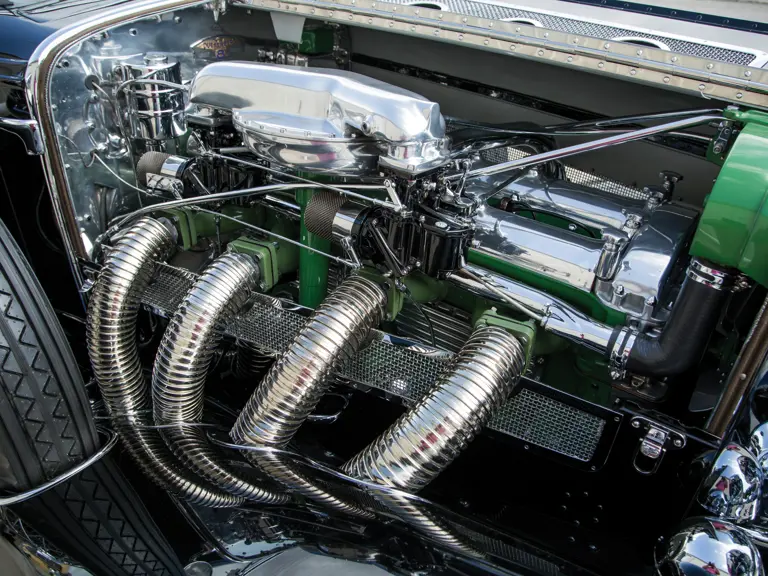
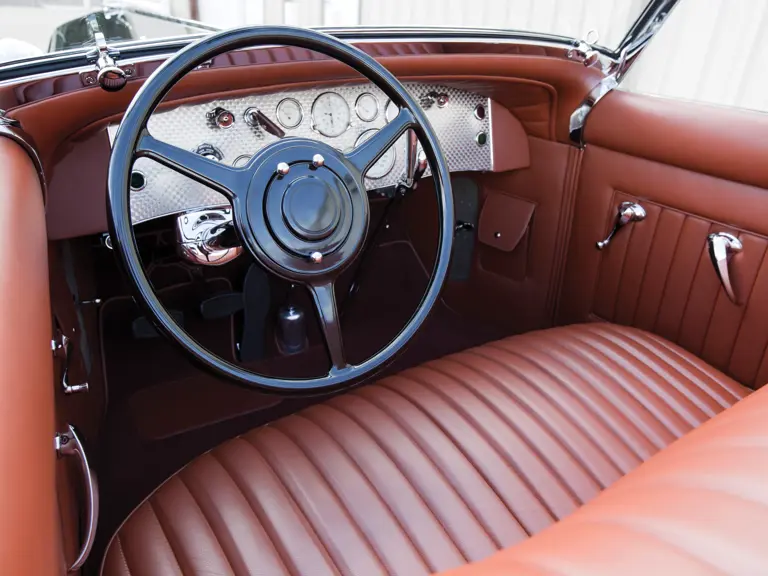
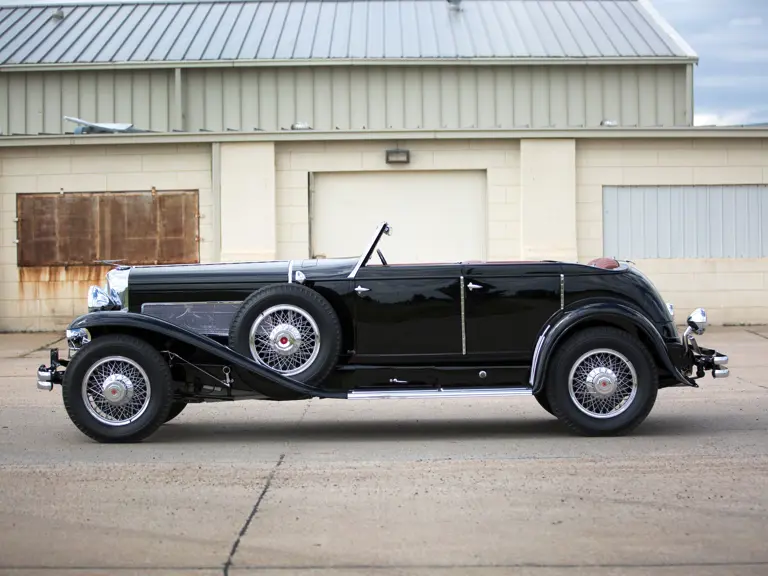
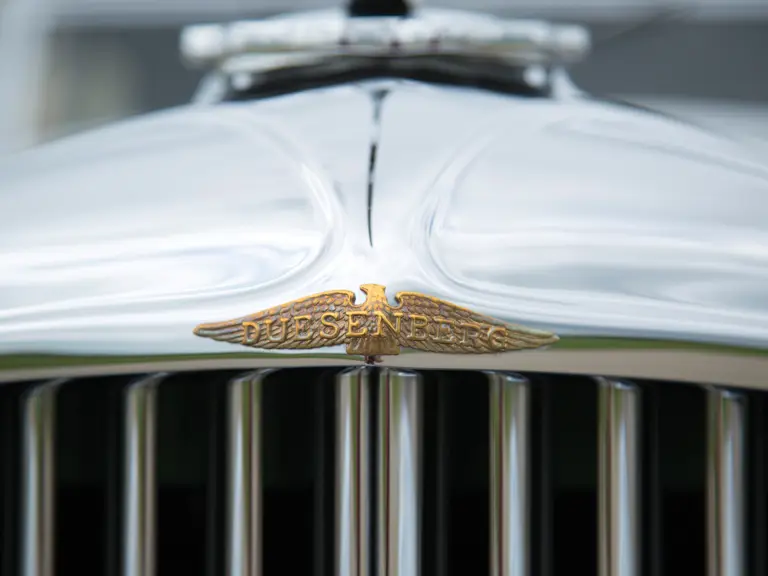
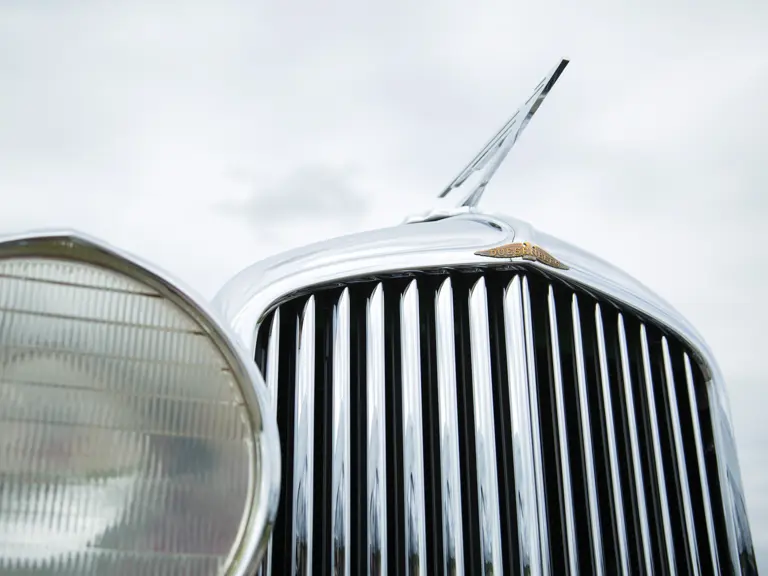
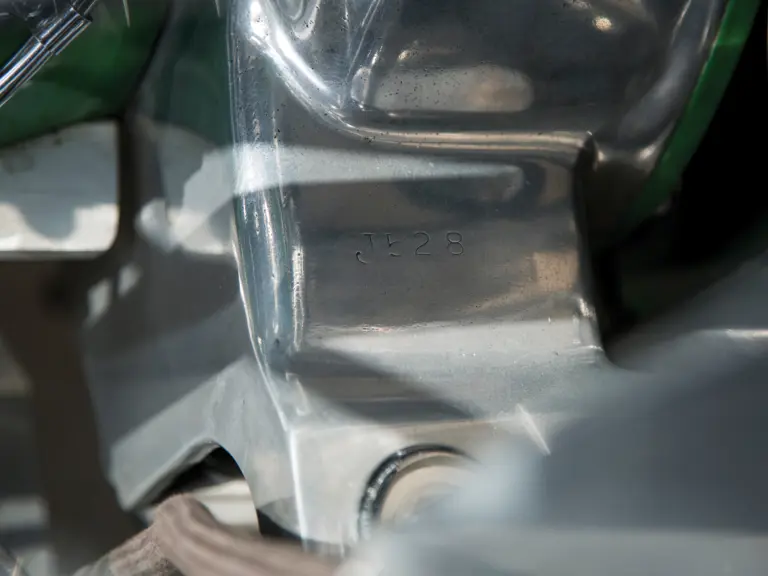

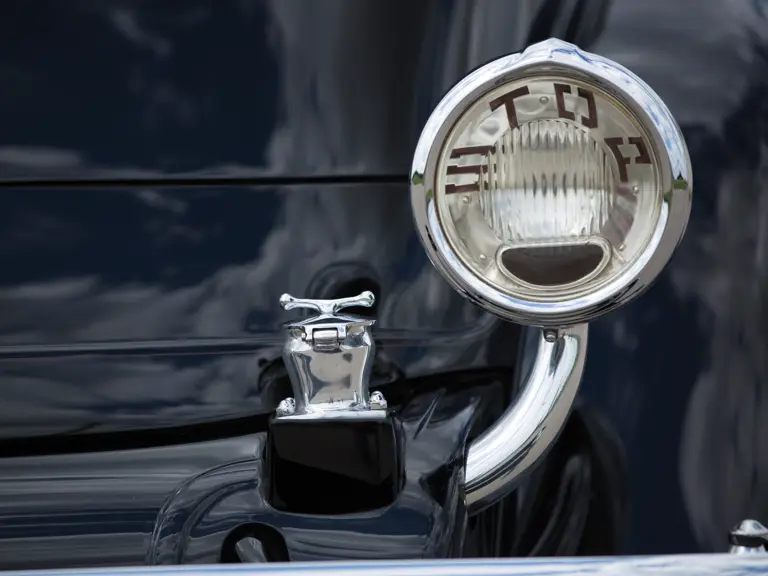
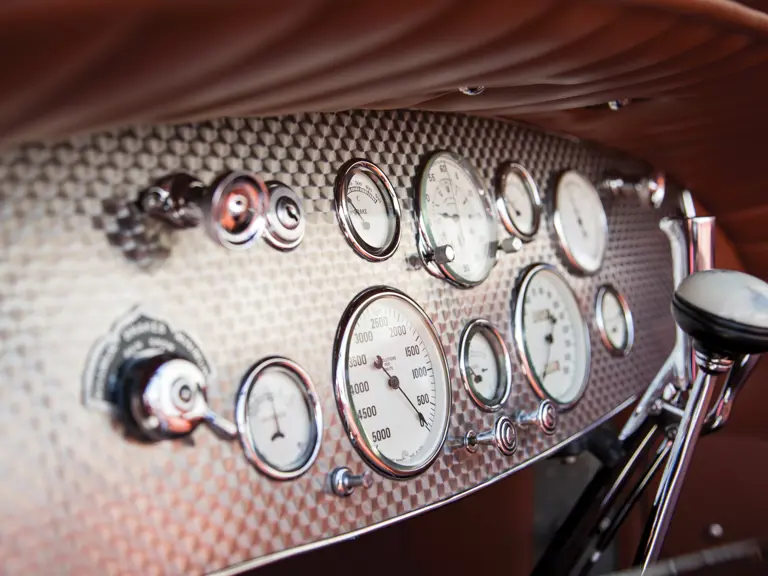
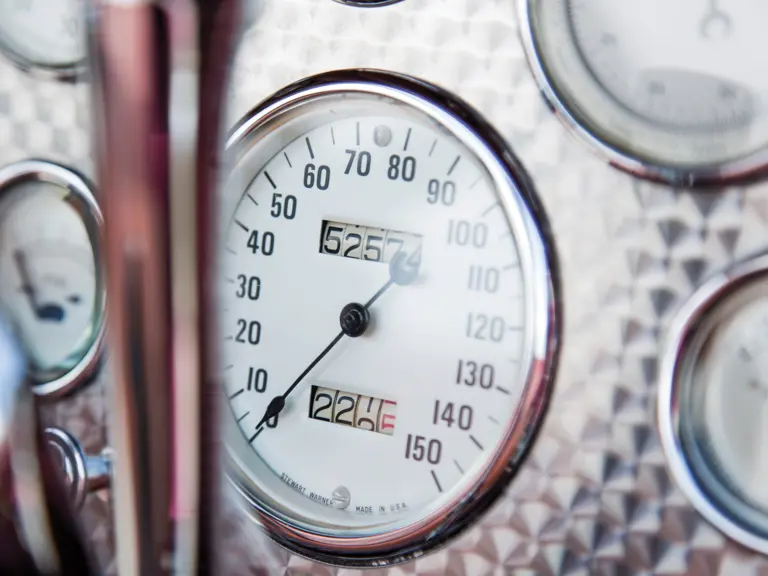
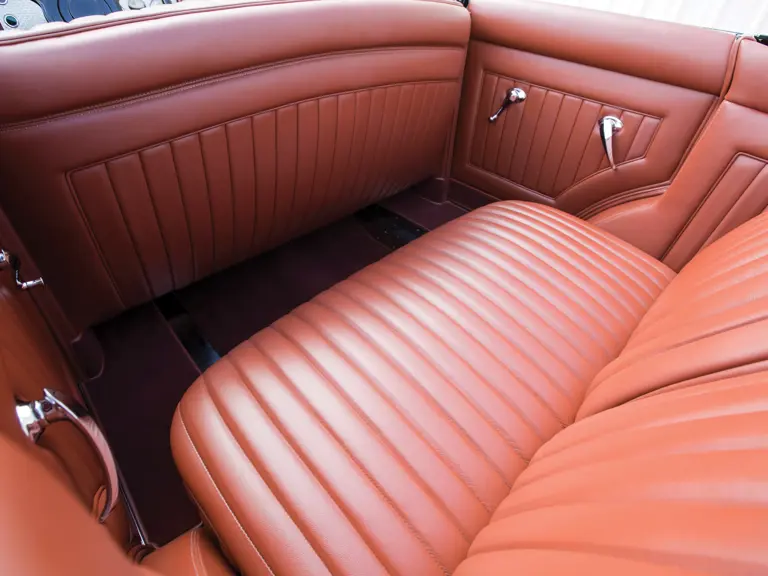
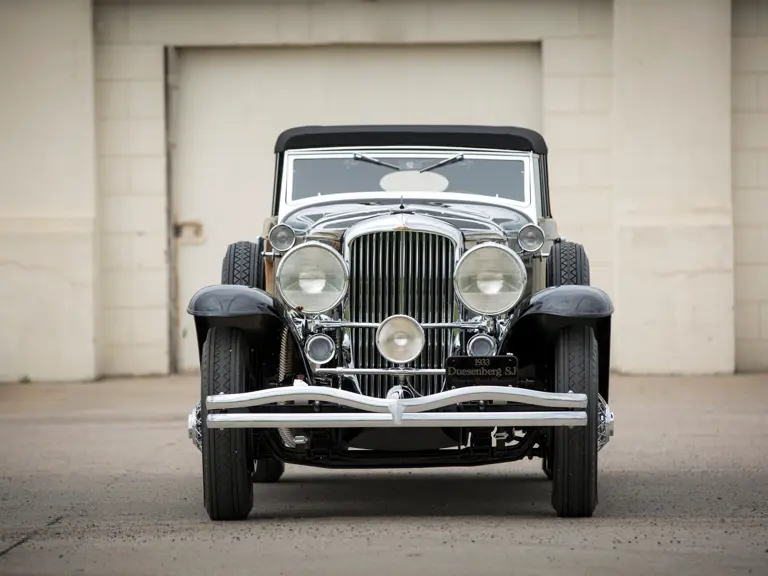


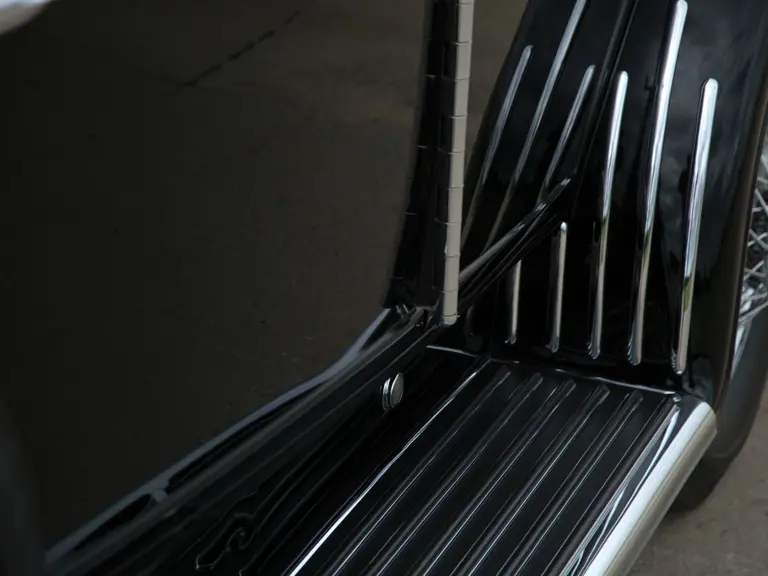
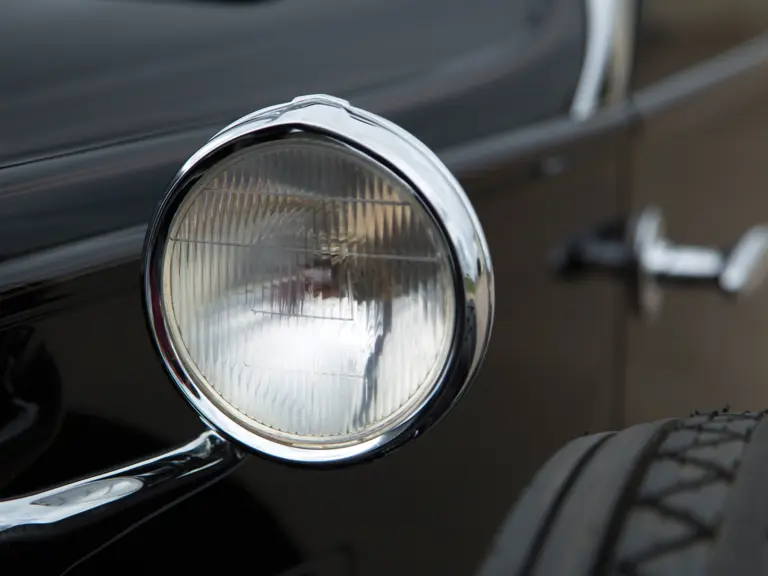
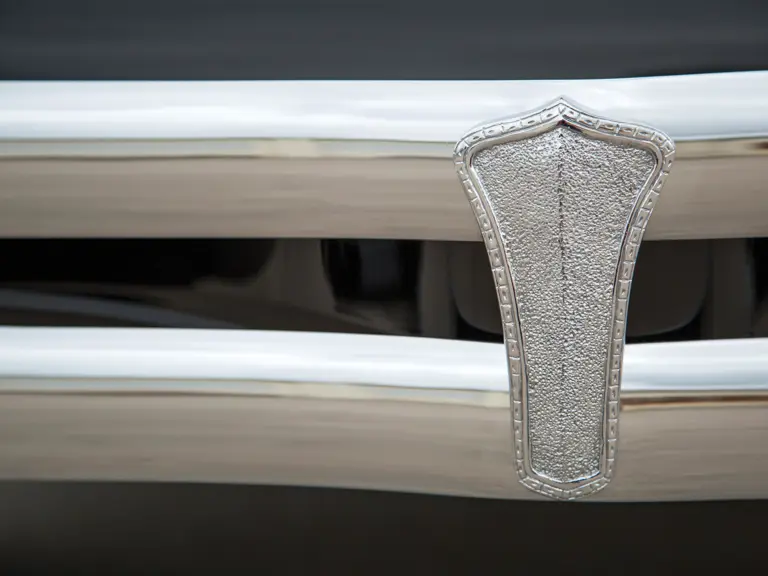
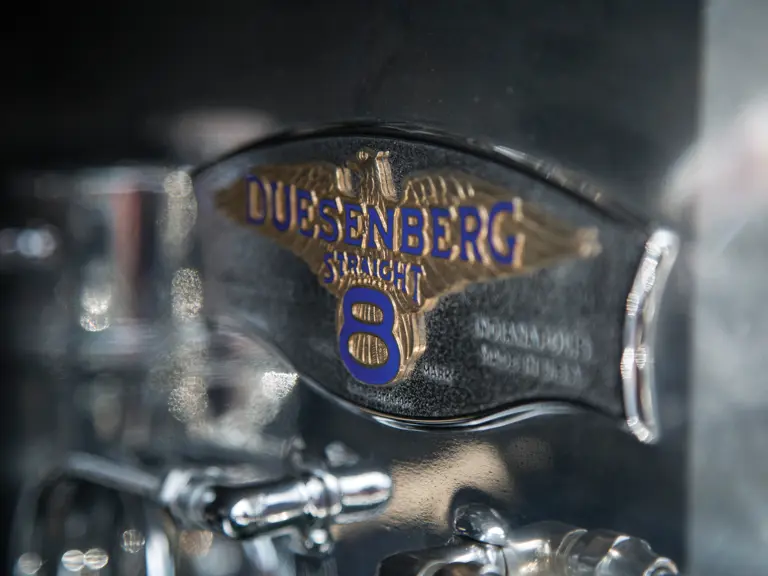
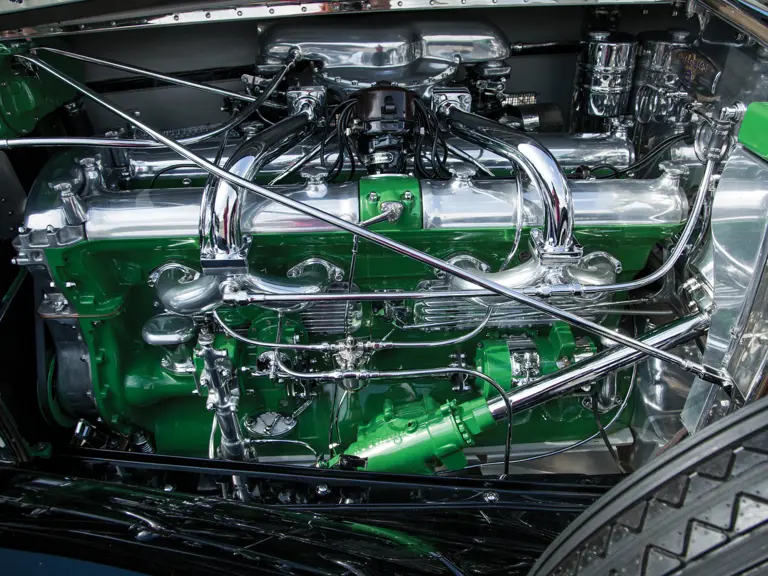
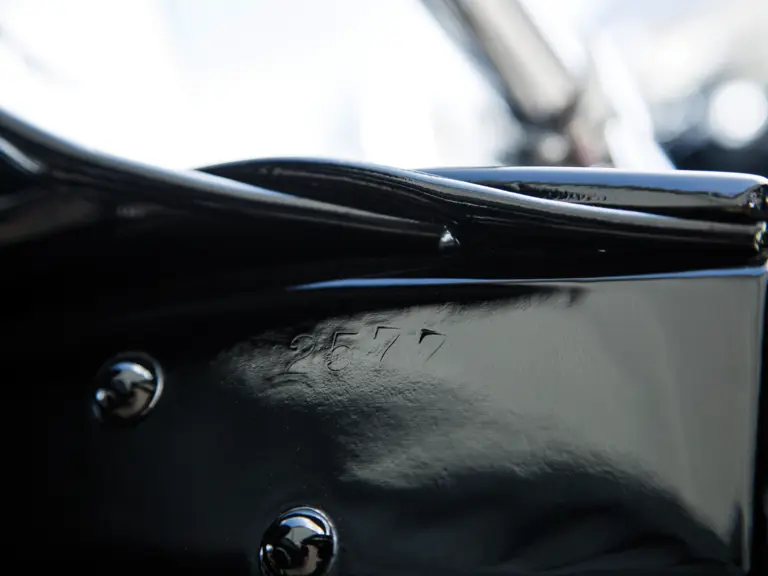

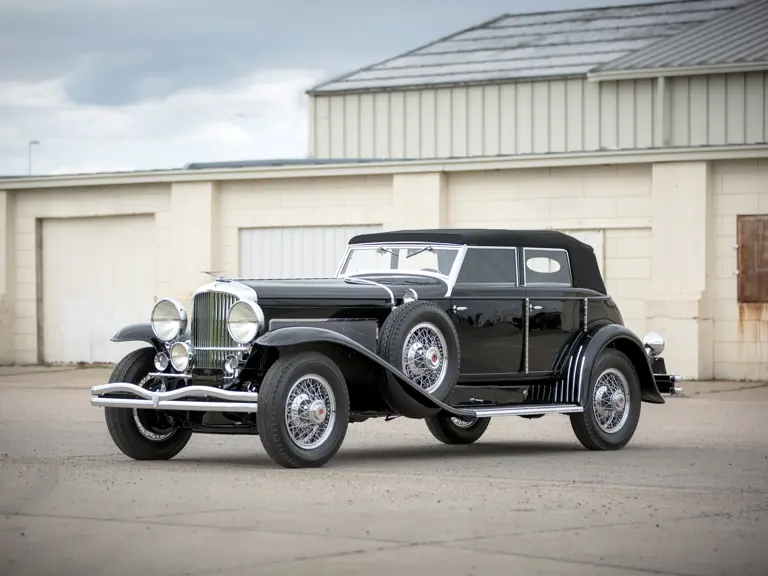
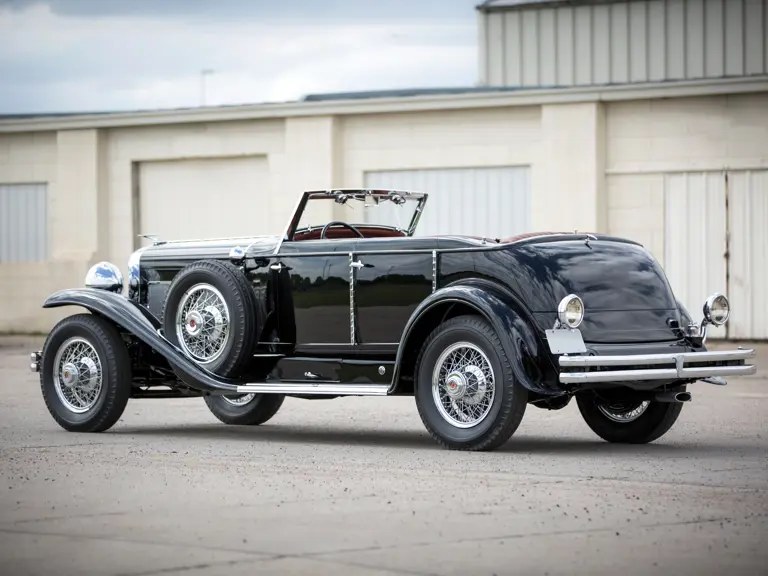
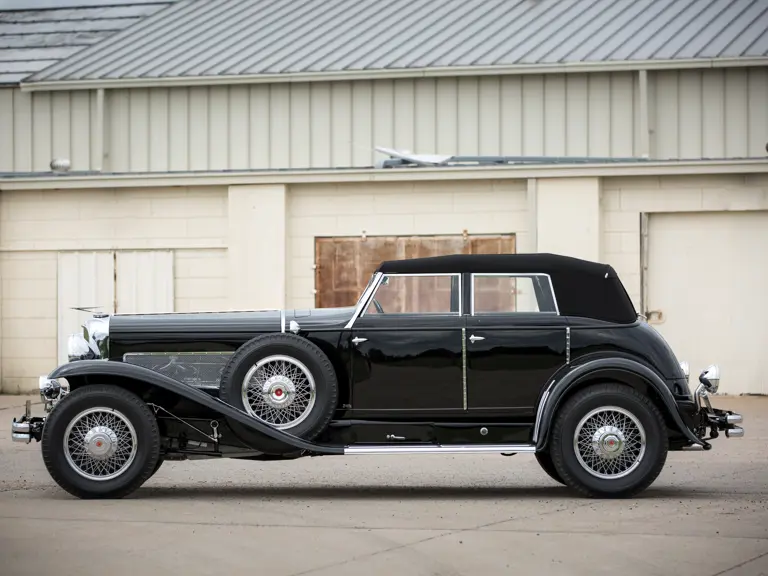
 | Monterey, California
| Monterey, California
